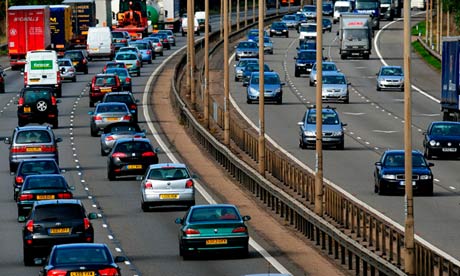by John Sousanis – jsousanis@wardsauto.com
Wards Auto
The number of vehicles in operation worldwide surpassed the 1 billion-unit mark in 2010 for the first time ever. According to Ward’s research, which looked at government-reported registrations and historical vehicle-population trends, global registrations jumped from 980 million units in 2009 to 1.015 billion in 2010. – By John Sousanis. WardsAuto.com, Aug 15, 2011 9:00 AM
The figures reflect the approximate number of cars, light-, medium- and heavy-duty trucks and buses registered worldwide, but that does not include off-road, heavy-duty vehicles.
The 3.6% rise in vehicle population was the largest percentage increase since 2000, while the 35.6 million year-to-year unit increase was the second-biggest increase in overall volume ever.
The market explosion in China played a major role in overall vehicle population growth in 2010, with registrations jumping 27.5%. Total vehicles in operation in the country climbed by more than 16.8 million units, to slightly more than 78 million, accounting for nearly half the year’s global increase.
The leap in registrations gave China the world’s second-largest vehicle population, pushing it ahead of Japan, with 73.9 million units, for the first time.
India’s vehicle population underwent the second-largest growth rate, up 8.9% to 20.8 million units, compared with 19.1 million in 2009.
Brazil experienced the second largest volume increase after China, with 2.5 million additional vehicle registrations in 2010.
China vehicle registrations jumped 27.5% last year, more than any other country.
U.S. registrations grew less than 1% last year, but the country’s 239.8 million units continued to constitute the largest vehicle population in the world.
Continue reading →




Comments